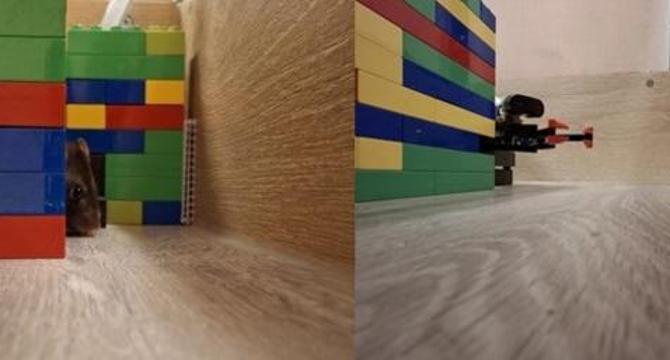Bioengineer
1M
305

Image Credit: Bioengineer
Rats Anticipate Food-Guarding Robots’ Locations During Foraging Activities
- Researchers studying rats have discovered the animals create mental maps to help them avoid danger when foraging for food.
- The team, from the University of Minnesota, used an L shaped track with food available at one end. However, around the corner was a robot designed to appear threatening.
- When the rats approached the food, and the robot looked likely to attack, the researchers monitored the neural behaviour of the rats.
- The study found rats would avoid places which had made them feel fear, suggesting they create contact-less maps to help them survive.
- Researchers discovered that place cells, which activate when an animal approaches a certain location, played a role in helping to map the rats’ reaction to the robot.
- The research could be of interest for the development of mental health treatments or further understanding of the neuroscience of anxiety.
- Authors of the report said: “Worrying about the future requires mental representations of imagined negative future outcomes.
- “Rats facing a predator-like robot guarding a food source developed new mental representations of the robot’s location, resulting in rats transiently thinking about where the robot is prior to foraging for food.
- However, they observed far fewer worry-related behaviours when the rats were given anti-anxiety medication.
- The team suggested studying rats’ neural behaviour could help give an indication of the neuroscience of anxiety.
Read Full Article
18 Likes
For uninterrupted reading, download the app